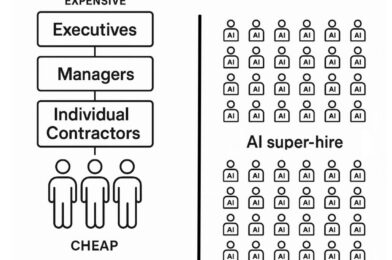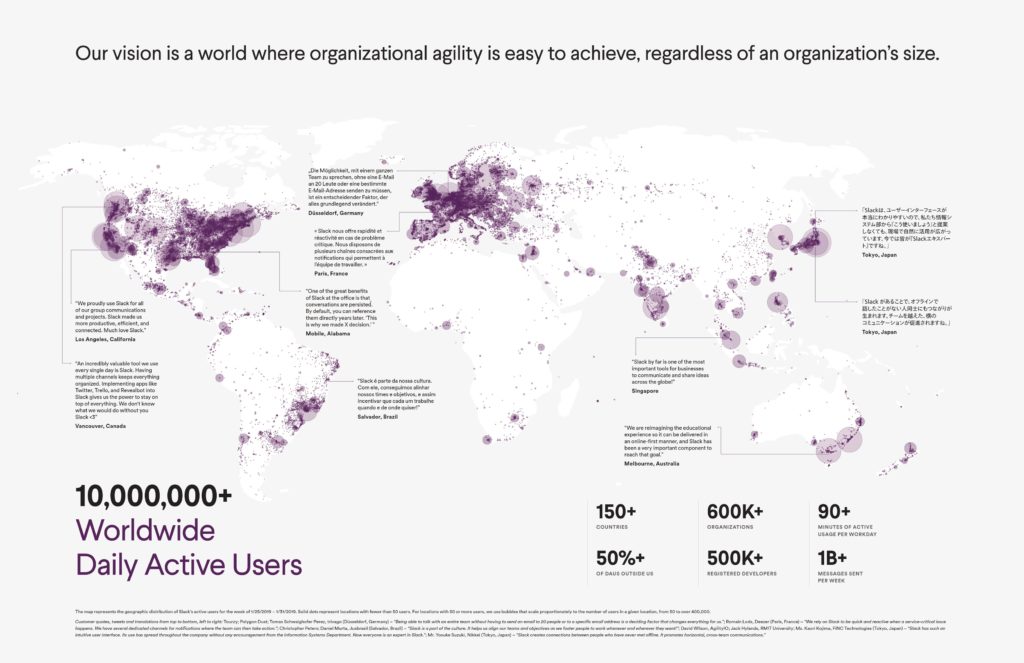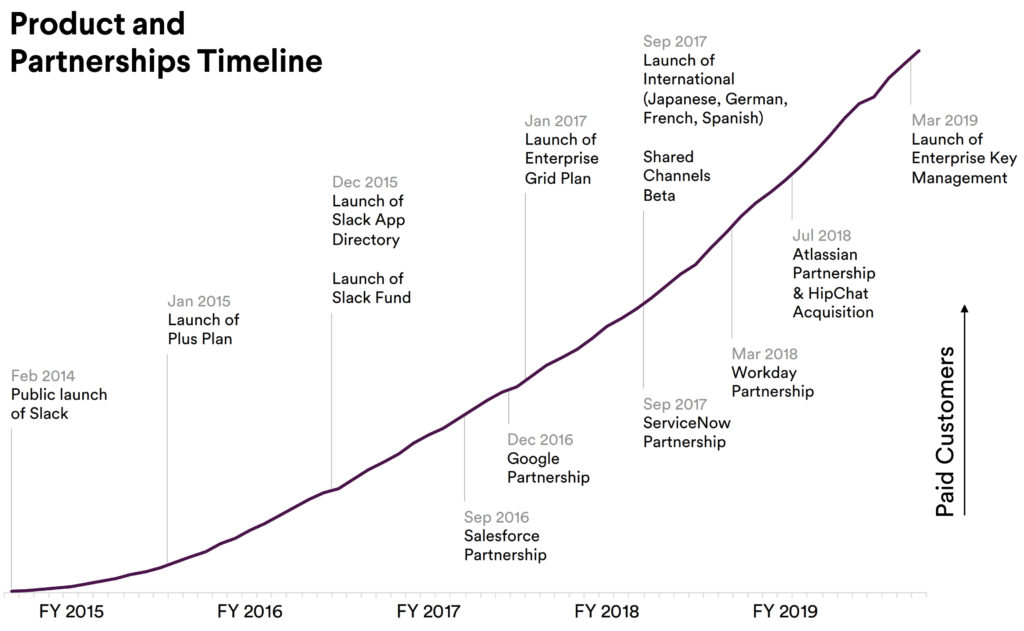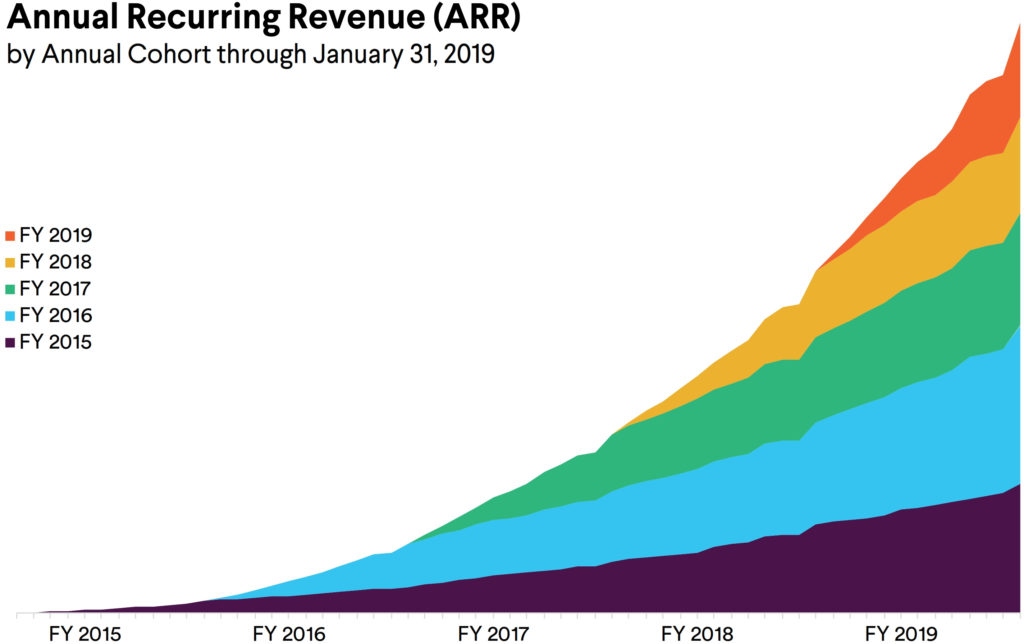I used to advertise on facebook quite regularly. I could monitor the return on every dollar invested, and it was a great time to invest in buying fans. But lately a few things have changed and I stopped most of my facebook advertising.
Why? The reason is pretty simple. I wasn’t getting the same ROI, and it wasn’t worth it just to have the bragging rights of “oh I have X number of fans”. The secret was out, and everybody was looking to tap into this social media tidal wave. That means it got more expensive to get less results.
Beware of Social Success Stories
As a facebook advertiser, I get emails every so often touting success stories from businesses around the world. A recent email was listed as a marketing case study. The only objective listed was, “Harnessing the passion of global enthusiasts and sports fans“.
They go on to talk about increased fans on their facebook page, and the overwhelming amount of submissions for their campaign during the world cup.
Am I a purest for asking what in the world the ROI was on that campaign? I don’t care about being blown away, but how about some hard numbers? Before and after sales in key regions, new revenue generation, increased mentions on the web, anything?
Not even close. The final solution listed was, “Bringing soccer fans closer to the game through a range of interactive features on the fan page“.
Every time I hear of a social media success story it’s all about how many fans they have. I understand building fans is important, but doesn’t anybody care what those fans mean for the bottom line?
Having a large fan base in incredibly powerful, so I don’t want to discount that as a return on your investment. But like I said, is it too much to ask for some other metrics before a company shells out millions on a social media campaign?
Stop Using Every Social Sharing Button
It’s all about the user experience and getting that great “social” traffic right? But do we really need to slap social sharing buttons on everything like we would Tabasco sauce on some 3 week old breakfast. I could provide a thousand more equally stunning analogous reasons, but let’s leave it at that.
My point will be brief today, and I hope to save you some page load time, and your users some waiting around. If you actively monitor what kinds of content is being shared, and the methods by the majority of content is being shared, you will find a few things to be true.
Without even knowing what kind of site you have, I can tell you the majority of shares will still be facebook and twitter. Perhaps a few will stumble, digg, reddit, sphinn,or some of the other auxiliary sites, but that’s the bulk of it. Why make your users scan through a myriad of icons just to find the few they are going to use on a regular basis?
Do you really think Mr. Wong deserves the same code weight on your page as your facebook share this button? Not to bag on Mr. Wong, cause you know I love the name, but if you are adding widget buttons manually you gotta look at this from an ROI perspective. You are adding an extra request on your page for that button, it’s taking a split second longer for that button to load, and your user is slightly more annoyed. Was it worth it tiger?
Visually you may think it looks really nice to have 200 different sharing options, but the “average web user” could care less. There is not one size fits all sharing, and you can’t get anything out of the box and expect a non-custom application to jive in your environment.
Web usability is like a bulletin board, and you are still thinking it’s art. People need to fly in, scan the post, quickly find the share button of their choice, and be done with it.This is a common sense lesson in usability, but it all revolves around testing.
Experiment and follow your user base, and then customize your website around them. Don’t target tech savvy bloggers who like to use Google buzz if your fan base doesn’t even tweet. The fact is most people have only adopted tweet this and facebook share/like, so until the evidence supports otherwise, stick with what you know is worth it.
Invest In Your Own Company First
I am always amazed at a corporations ability to transfer “ownership”. To me it’s the secret of so many of the giants in the business world today. Look at facebook, for example, and you’ll quickly see my point. It’s “your facebook page”, or the “Lebron James fan page”. But you don’t own your profile and neither does King James, and you certainly don’t see any revenue off it. Has facebook cut you a check yet?
Every day you login to your facebook account and go to work for Mark Zuckerberg and the rest of the facebook team. You build content, invite your friends to join, and submit pictures and movies that facebook owns the second you upload them. Every time you engage with another person on facebook, they visit one more page filled with those lovely facebook ads on the right hand rail.
Every time a company sends people to their facebook fan page, they are sending millions of impressions (and dollars) into the facebook coffers. Are they sharing this money with you? Not that I am aware of.
For the most part I don’t think we have anything to complain about, but it is mind boggling to me how facebook gets away with not cutting celeb and large corporate fan pages at least a revenue share deal. Maybe they do and I just haven’t gotten that special invitation yet, but I certainly haven’t heard of it.
Sure facebook is a free service, so what rights do we have to demand anything? Well none if we don’t ask for them. But I think facebook would be hard pressed to have Lebron shut down his fan page and take those millions of monthly ad impressions offline.
I’m no celebrity, but if I told Lady Gaga how much money their fan page is making facebook, I know they would want a piece of that pie. After all it’s their brand, their name, that drew those millions of fans, not Mark Zuckerberg…
You Might Not Need Social Media for Your Business
Social Media was one of the buzz words in 2010, and it stands to reason that 2011 will be much the same. Still, you shouldn’t have a social media campaign just to have one. Over and over people think that having a facebook or a twitter account is their gateway to thousands of new visitors.
Then after awhile they give up thinking that they just don’t get social media. The bottom line is that some markets just don’t need social media. Did I just commit blasphemy? Everybody needs a facebook fan page right?
I would say that every business needs to be involved in social, but from a reputation management standpoint. For some markets facebook isn’t going to make or break your business, but it will sure help your customers connect with you if they have a problem. I love the ability to use twitter to keep people updated on recent happenings, but I definitely don’t expect it to be my main source of traffic.
If you have a product that is viral or revolutionary, by all means tweet it and watch social at it’s best. But for most of the people I work with that just isn’t the case. They are in a competitive market, and are just looking for more ways to get new customers. For that I’d say Google is still your best source of traffic.
The problem with most social platforms is they tend to be a replacement to the web. Don’t believe me? Create a facebook fan page for a website and watch how many people leave that fan page to interact on the website. The majority of consumers on facebook are comfortable with it, and see no reason to leave to do their commenting, liking, and sharing.
After all can you blame them? Is there anything they can do on your website that they can’t also do on facebook? Well I can think of a few things like purchasing products, downloading software, and reading articles. But those are very specific things that all need to be taken into consideration before you dive head first into social media.
Social Media Harms Your Personal Life
I was up late last night reading blogs of entrepreneurs, and one thing absolutely rang true when I heard it. “If you want to be successful in life, it won’t be doing what everyone else is doing, because most people aren’t successful.”
That being said the average amount of time the world spends on facebook continues to grow leaps and bounds every month, the interaction levels absolutely crush everything else on the web. I simply can’t continue to waste away on Facebook like everyone else, there is too much to be done, and I consider each moment I am alive to be a privilege.
Twitter keeps me updated with news, tech blogs challenge me to learn new information, 1 on 1 conversations encourage me. Facebook keeps me updated on the vacation habits and insecurities of what I consider to be total strangers. Are there people I actually care about on facebook? Absolutely, but I value those people because we interact outside of the social network.
There is no beginning and no end to the surfing, and it is extremely easy to find yourself wasting hours a night doing absolutely nothing in particular. Rarely do people go on facebook to accomplish a goal, and that’s what makes it so dangerous. Sure endless surfing is a problem the web has in general, but at least the random surfer model outside facebook yields a greater change of useful content.
Beware of Ambient Awareness
I am tired of ambient awareness, a term coined by many who have researched the new social relationships of the 21st century. People have abandoned close personal relationships in favor of being “aware” of hundreds of people. Facebook has trained us to crave ambient awareness, we are now conditioned to want to know what hundreds of people are up to at any given moment. It’s a method of control and stability, quite frankly one that is too addicting for most.
I don’t work for free, at least not when I have so many other things that require my attention. The next time to you log in to facebook check out the right hand side of your screen. See those ads? Every time a friend of yours visits your page and clicks that add facebook just made money off you. Not that other sites don’t make money off your time, but facebook wants to make money off your life. Just a thought.
I don’t have one circle of friends, and you don’t either. We don’t have hundreds of people we share equal amounts of information with, we have many different circles. Facebook encourages you to share your entire life one circle of friends via video, images, notes, text updates, etc. Recent updates allow you to segment who sees what, which begs the question why be friends with those other people at all?
Own Your Life and Your Media
I want to own my life. You don’t own the pictures you post to facebook, and you certainly don’t own your facebook friends. At any given moment any given thing could happen. You download your entire digital life to facebook, and now they own it 100%. That kind of dependence on anything outside of electricity isn’t comforting. Facebook owns your page, your content, and your life when you are logged on. You do realize your facebook page isn’t really yours right? No way Jose.
I can’t for the life of me figure out what I get out of it. I continue to put things into two categories in life, business and pleasure. Facebook certainly isn’t business, at least not my personal account. I manage several fan pages for websites I run, and those will keep right on going.
As far as pleasure, I can think of plenty of things I would rather do with my time. I tried for years to at least provide my friends on facebook something of value, even though the majority of them never returned the favor.
A study released some interesting facts about the kinds of content that gets shared on facebook. The most shared word was “stupid”, and “hot”. Another study also found the more intelligent the status update, the less likely it was to get shared. The more syllables, the higher the reading level involved, the faster it got buried. Not that I expect all social content to be newsworthy, but come on, tell me something I don’t know.
This is my personal choice, and one that I am excited to finally make. You don’t have to follow in my footsteps, but at least it’s some food for thought. I challenge you to budget your time, examine your friendships, and ask yourself where your headed in life. If nothing else think about whether or not you really need to be on facebook all those hours a week.















































 Guess what? As thousands searched for that scam in the days to come I already had the article in one of my UGC sites. Thousands of hits in mere hours and I didn’t have to pay a dime for it. The research was free, the content was free, and the approach was completely passive on my part.
Guess what? As thousands searched for that scam in the days to come I already had the article in one of my UGC sites. Thousands of hits in mere hours and I didn’t have to pay a dime for it. The research was free, the content was free, and the approach was completely passive on my part.



































